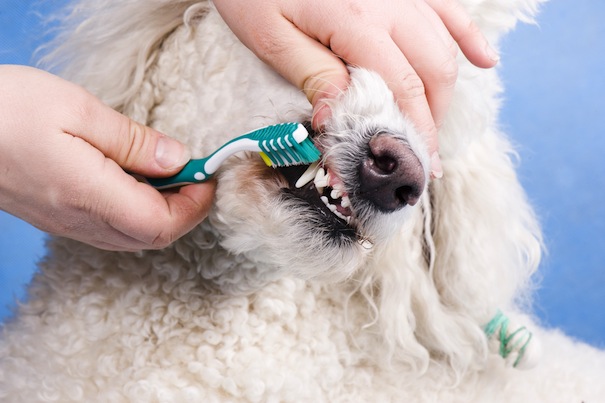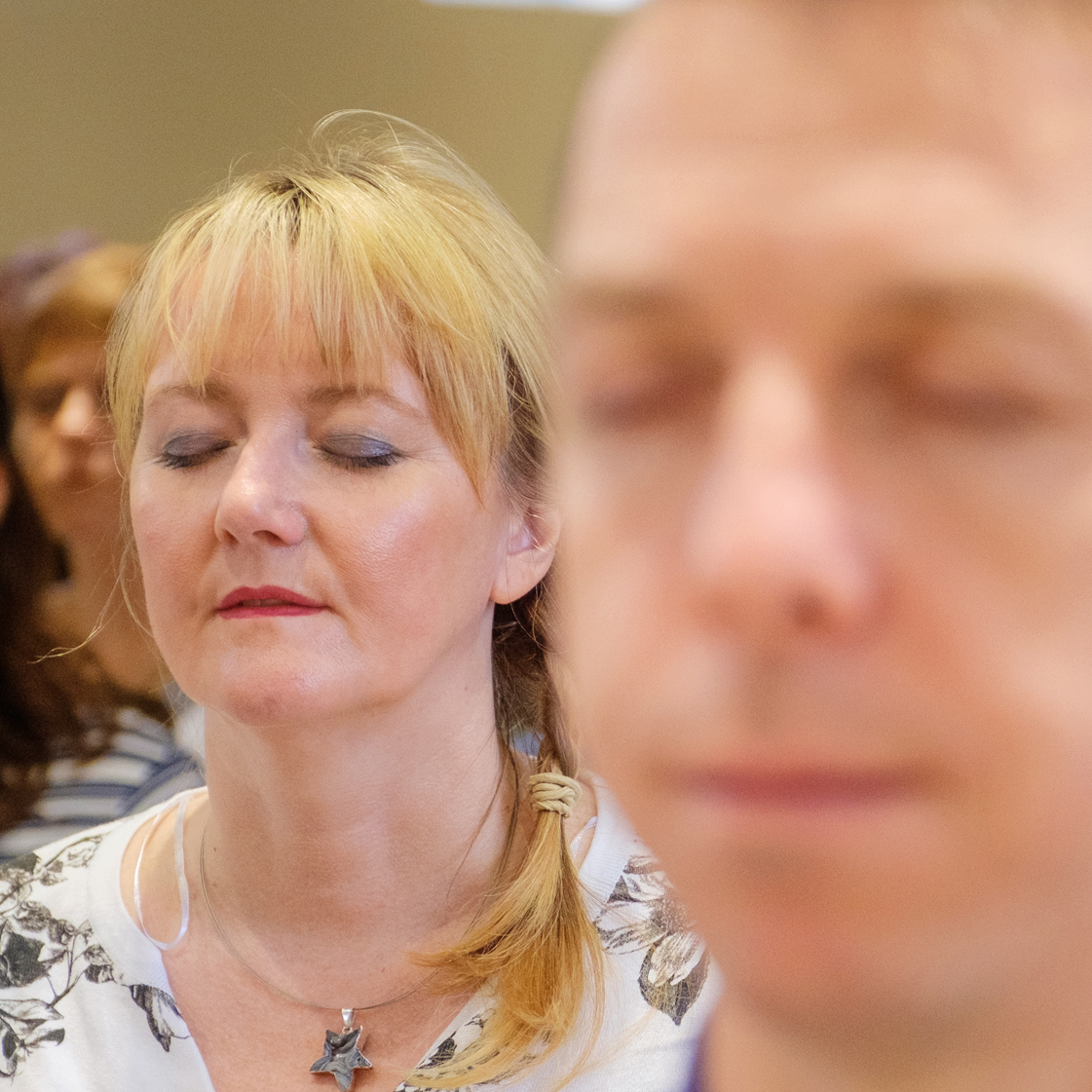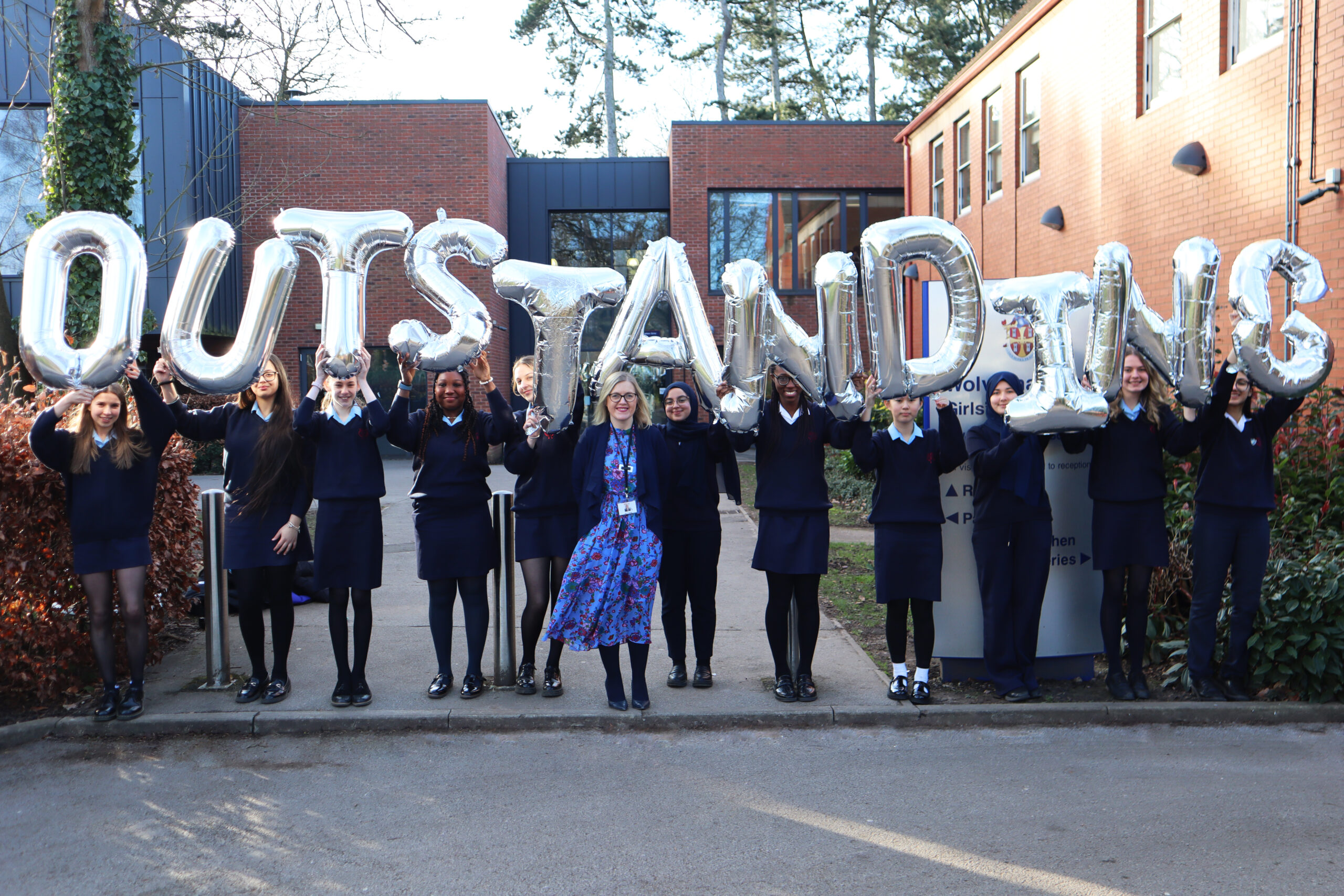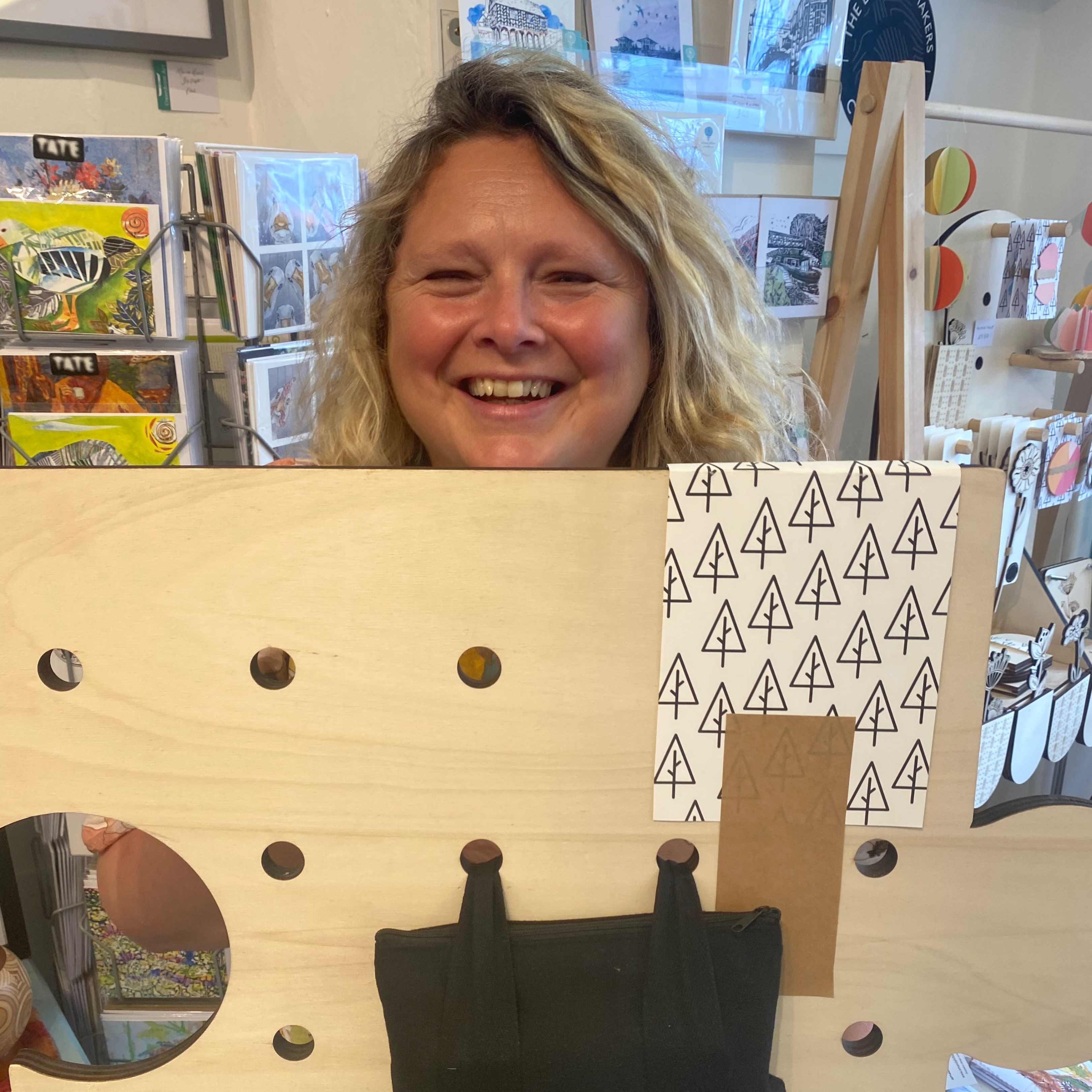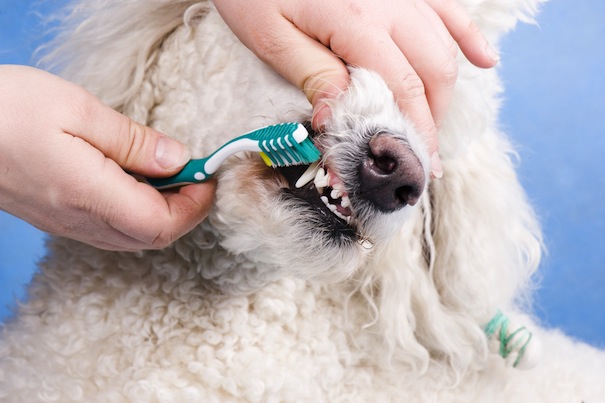
I’ve seen a few pets recently that have required dental treatment; involving an anaesthetic, tooth extractions, and scale and polish. Generally these procedures are carried out on older animals, but the importance of regular dental checks and early action becomes all too apparent at this stage. Left too late, and animals start to have difficulty eating, because gingivitis (inflammation of the gums) has worsened to the point that teeth need extracting.
Early action
The longer teeth are left with tartar building up and gums becoming sore, the more discomfort the animal experiences. Sometimes a course of antibiotics can help to reduce the infection in the mouth, but ultimately will not cure the problem. Often at the later stage teeth are wobbly and roots have become exposed which usually necessitates extraction.
Dry food is the key
In dogs, brushing teeth from an early age and incorporating dry food into the diet help to reduce and even prevent tartar build up. Dental “treats” may help to prevent the build up of tartar but generally don’t remove it once it’s present. In cats it can be a little more difficult. Some felines can be notoriously fussy about food, turning their noses up at dry biscuits, and trying to brush their teeth can be an interesting experience!
Regular check ups
Regular checks and prompt detection of dental disease is important to prevent the problem escalating – the longer it’s put off, the more the risk of infection and pain for your pet. Also, older animals find it less easy to cope with an anaesthetic – should it come to that. So, if your pet has “bad breath” or you are concerned at all about the health of their mouth, take them to a vet for a dental check over.
Don’t forget smaller mammals
On the subject of teeth let’s not forget our smaller furry friends; rabbits. If a rabbit stops eating for any period of time it can have serious consequences, so regularly checking their teeth is important. If they overgrow they can cut the tongue and cheeks and make eating very painful. Making sure the majority of a rabbits diet is made up of hay is a good way to encourage natural wear of the teeth – hay and grass is what they are designed to eat!
Lauren Turley
BVetMed MRCVS
Severn Edge Veterinary Group

